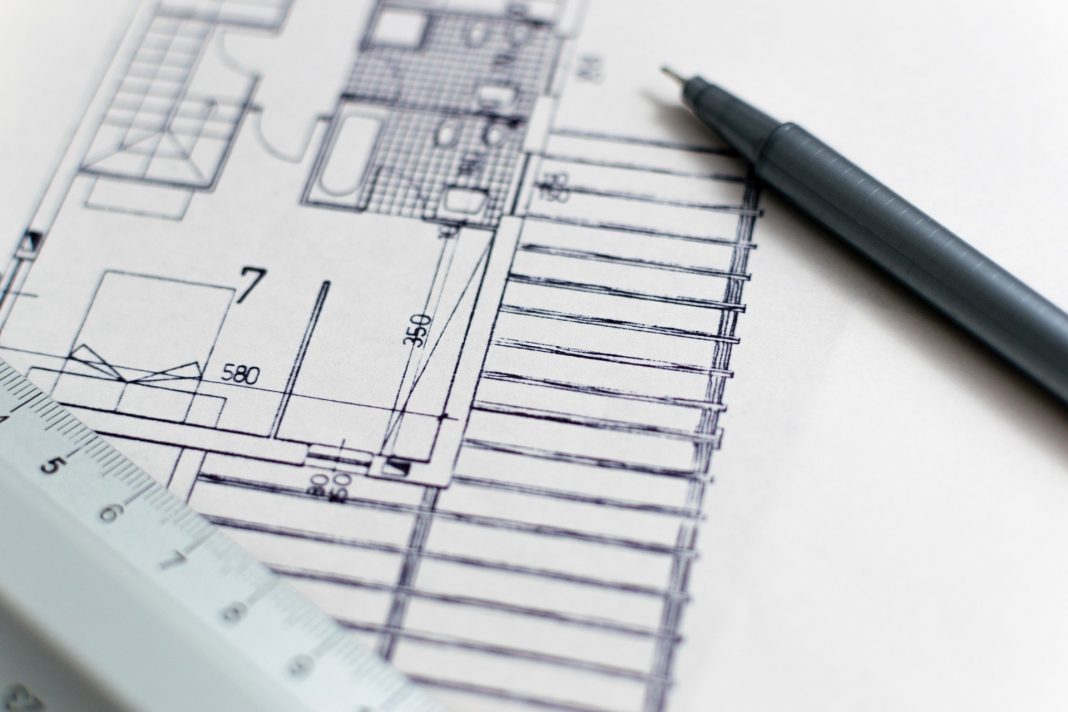Renovating. For some, this word brings up a plethora of horror stories; budgets blown out, relationships put to the test, or a house that is unlivable for way longer than expected.
However, for others, taking on a project, either to live in or renovate, is an exciting process. Restoring a house to its former glory and beyond can change lives, transforming not only the physical space but the way occupants feel inside, how they interact with each other and the way they move seamlessly through their day. Renovations add value to a house, but – importantly – offer families wishing to stay in their communities a chance to evolve their living space as children grow up and needs change.
This is why Debra Beck-Mewing, Director of The Property Frontline, loves identifying properties with endless potential.
“I love standing in a space and considering the possibilities of each property. I’m really drawn to the transformation, not just in a way the space looks but also in how it feels. It can change lives,” Debra said.
“I remember the first time I saw the difference even just a little paint can make. I was only 14, and we were living in an old property in Sydney’s Inner West. My father painted the living room in one weekend and it immediately changed the whole house. The change totally blew my mind and right then and there I was hooked on renovation and have been ever since.”
Debra has kindly shared her tips for would be renovators to ensure their dream becomes reality – not another horror story.
WHAT TO LOOK FOR IN YOUR PROPERTY SEARCH
With every property, deciding to renovate or not comes down to weighing up the pros and cons. One of the major cost and timeline blowouts to renovating is unplanned repairs to foundations, structure and roofing.
“Having a house that has a strong foundation, good square footage, and a solid structure are key elements to a good project. When you know that you won’t have to invest big cash into major repairs, then more money is left over for design elements and creature comforts,” Debra said.

Where possible, ask for a house plan but don’t rely on it to tell you the whole truth. Look for signs the house was well-maintained, check for rot and ask questions about any previous renovations that may have been done.
You also need to think about the numbers, especially for a house you are planning to sell.
“If I’m looking to buy a house to renovate and sell fairly quickly, I’m going to look into the work I need to do to the house, plus what I paid for the purchase, as well as see where the market is and where I think it might be going when the project is completed. If the numbers make sense, then the renovation makes sense,” Debra said.
Finding a house to live in isn’t quite as straightforward as the facts and figures because emotion also comes into play. Here, it is more about what you are willing to do, or sacrifice, in order to create your dream home.
“For example, if you find a house in a neighbourhood you just love or a property that backs up to the ocean but the foundation is jeopardised, then the choice comes down to how much that neighbourhood or ocean view means to you, because you can’t renovate a view. If you decide to go ahead, know that you might have to spend half your budget to fix that one problem,” Debra said.

P L A N N I N G A H O U S E R E N O V A T I O N ?
Debra advises all renovators to plan extensively before grabbing the sledgehammer and sinking dollars into new fixtures. Once work has started, unplanned changes can be costly, plus you need to know how long the renovations are expected to take so you can either sell or move in accordingly.
Do your homework and ensure you are on top of issues such as getting plans drawn up, permits are in place, and you have a realistic budget to adhere to. It also pays to think ahead to any potential problems that may pop up along the way, such as inclement weather or delays with deliveries.
Don’t feel that you have to do it all yourself either; “Remember, if you don’t know – ask. Hire professionals to help avoid stress and unneeded cost,” Debra advises.
WHAT TYPES OF CHANGES SHOULD YOU MAKE TO A HOUSE?
- Removing walls
The most frequent opportunity Debra sees is opening up spaces.
“It’s no secret everyone seems to want open concept these days; tearing down physical walls seem to help people break down mental walls in their life,” Debra said.
“Your best value can be found by opening up walls, creating space and flow where there was none before,” she said.
- Kitchen renovations
The kitchen is the prime area to make changes to a house as it often serves as the hub to the home, it’s where people begin their day and serves as a central meeting point for occupants and guests alike. It’s also a great space to make simple but very effective changes that can change the feel (and value) of the house with low cost and time commitment.
Firstly, consider the layout to the kitchen. “When people look at a house, and in particular a kitchen, they look to see how it will work for them and if it is the right fit for their lifestyle or daily routine. Creating a layout that flows from space to space and is more versatile doesn’t just make better use of the square footage, but also can appeal to a larger demographic,” Debra said.
Consider adding an island bench to increase useable space and bring people to a central point, as well as utilising over-counter cabinets and countertops with raised eating areas to declutter the area.
For a quick and easy kitchen facelift, swap outdated cabinet doors and fixings with new versions. If you are artistically inclined, a fresh coat of paint or lacquer restores tired cabinet doors to their former glory for little cost aside from your time. The backsplash is another relatively simple and cost-effective kitchen renovation that can make a huge difference to the look and feel of the room.
“Removing and replacing your backsplash can change the whole way you look at your kitchen; light and airy or classic contemporary. Simply changing the colour, type, pattern or style can really make a difference,” Debra said.
- Lighting
The way a room is lit can have a dramatic impact on the overall feel, so look closely at where the lights are and how you can better enhance the features of the room to make it more welcoming as well as functional. For example, under cabinet lighting in the kitchen offers ambiance, plenty of light for cooking and a lovely highlight for key components such as the backsplash or stone benchtops.
In other rooms, a lightshade that complements the overall feel can work wonders in bringing it all together, as can some well-placed downlights or free-standing lamps.
- Flooring
Now that you have looked up at the lighting – don’t forget to look down too! Flooring holds a great deal of weight when it comes to resale value as well as liveability, so you should consider both the practical as well as aesthetic properties of what is underfoot.
“Depending on your lifestyle, you might want something more durable, softer on the feet, scratch proof or easy clean. By updating and, where possible, connecting rooms with the flooring, you make the house feel more inviting,” Debra said.
- For sellers – keep it mainstream
If you are renovating for you and your family, you have an open license to make the house exactly as you like it. However, for those looking to sell, Debra’s advice is to keep the design neutral. “If you’re planning on renovating with the intent to sell, a more mainstream design is always best. Do not get too personal or particular with the design, because then you’re narrowing your market,” Debra said.
- And lastly – be brave.
“Don’t be afraid to build the home of your dreams. Yes there are lots of horror stories out there, but do your homework and stories are all they will be,” Debra said.
About the author
Debra Beck-Mewing is the Editor of the Property Portfolio Magazine and CEO of The Property Frontline. She has more than 20 years’ experience in buying property Australia-wide and has extensive experience in helping buyers use a range of strategies including renovating, granny flats, sub-division and development. Debra is a skilled property strategist, and a master in identifying tailored opportunities, homes and sourcing properties that have multiple uses. She is a Qualified Property Investment Advisor, licensed real estate agent and also holds a Bachelor of Commerce and Master of Business. As a passionate advocate for increasing transparency in the property and wealth industries, Debra is a popular speaker on these topics. She is also an author, podcast host, and participates on numerous committees including the Property Owners’ Association.
Follow us on facebook.com/ThePropertyFrontline for regular updates, or book in for a strategy session to discuss your property questions.
Disclaimer – This information is of a general nature only and does not constitute professional advice. We strongly recommend you seek your own professional advice in relation to your particular circumstances.










